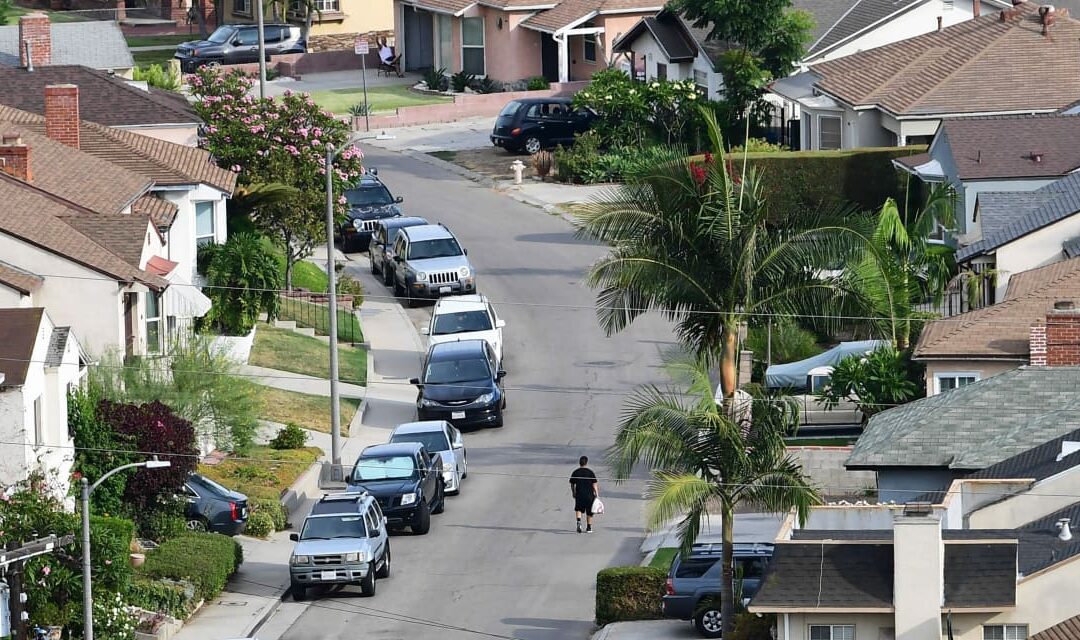U.S. homeowners are missing mortgage payments on some government-backed loans, according to a new report.
Even though default rates remain low, past-due Federal Housing Administration loans hit a nine-year high in November, according to data from Intercontinental Exchange
ICE,
aside from during the pandemic.
Early-stage delinquencies on Veterans Affairs loans also reached their highest non-pandemic level since 2009, the company noted.
The national delinquency rate rose to 3.39% in November, up 3.95% from a month ago. About 1.8 million properties are 30 or more days past due, but not in foreclosure, ICE said. But the rate is also 64 basis points below pre-pandemic levels.
While the data was concerning, it’s not a sign of an impending crash, ICE said.
“The rise in FHA delinquencies is worth watching, especially given that the FHA and VA markets are expected to be the canary in the coal mine for mortgage performance in the absence of any meaningful private labeled securities market for low-credit-score borrowers since the Great Financial Crisis,” Andy Walden, vice president of enterprise research at ICE, told MarketWatch.
“However, given that overall delinquencies remain historically low, it’s not a cause for significant concern as we stand here today,” he added.
The Great Recession was a result of excessive subprime mortgage lending in the early 2000s, which led to its collapse in 2007.
Subprime refers to borrowers with poor credit history, or have a below-average score such as below 620, who present a high risk to a lender. Many borrowers who had subprime mortgage loans couldn’t make the payments for their home and defaulted “only months after their loans were originated in 2006 or 2007,” the St. Louis Fed explained in a blog post.
After the Great Recession, most mortgages for low-credit-score individuals were limited to government-backed loan products, such as FHA and VA loans, or loans from other government agencies, or government-sponsored enterprises.
As of October 2023, about 60% of the mortgages originated in the U.S. for borrowers who have a credit score of less than 660 are FHA loans, ICE data revealed, and 14% of VA loans.
“It’s worth noting that while low credit score lending remains 80% below the volumes seen in the years leading up to the great financial crisis, FHA and VA products are among the few avenues available for lower credit score borrowers to access the dream of homeownership, accounting for roughly 70% of sub-660 credit score lending over the past 9 years,” Walden explained.
“This is a stark contrast to the 2004-2006 era when FHA and VA lending played a minimal role (









